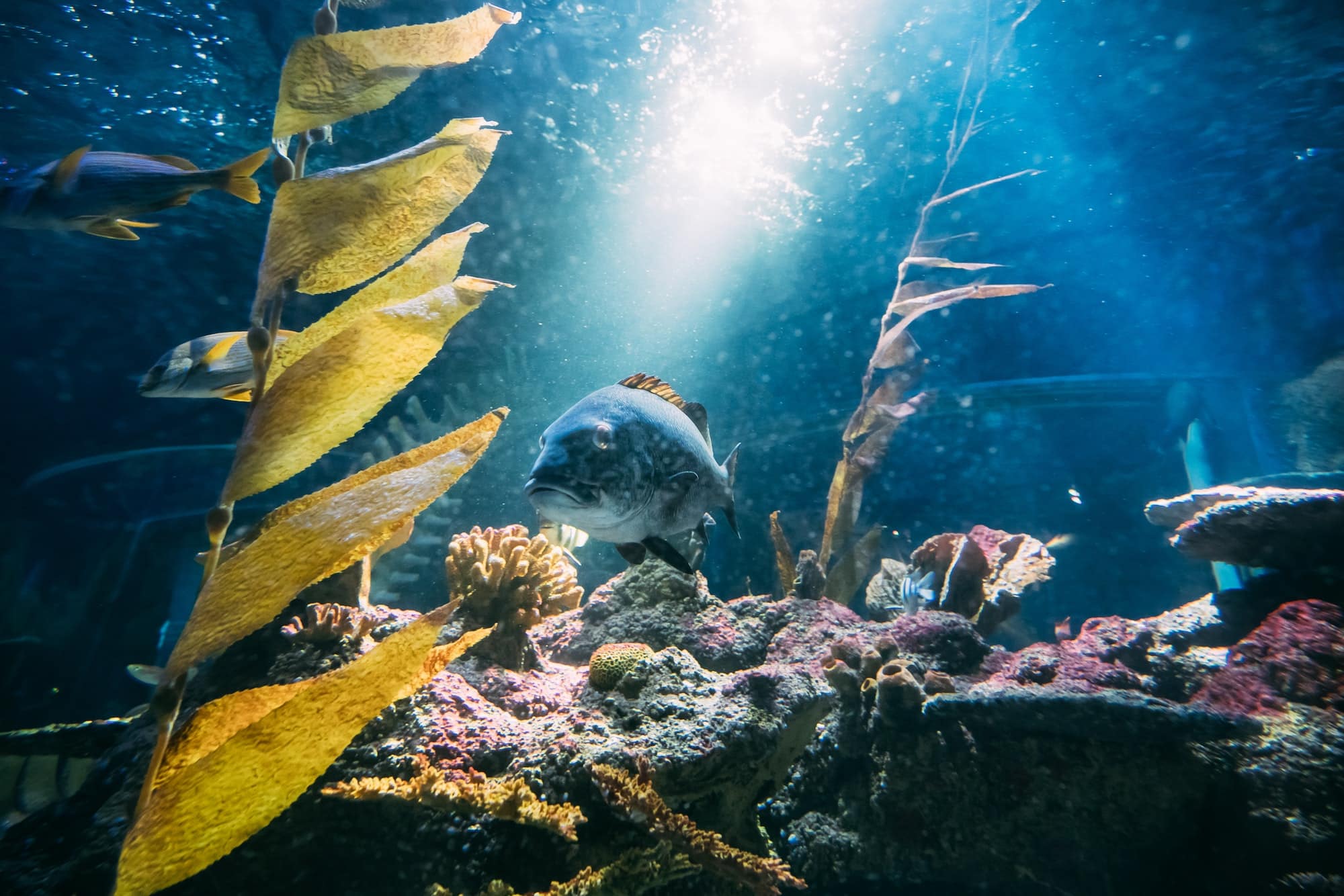How to Choose a Low-Maintenance Fish Tank for a UK Family Home?

Owning a fish tank can be a gratifying hobby that brings a tranquil and beautiful element into your home. However, the process of choosing and maintaining an aquarium can sometimes feel overwhelming. You may find yourself grappling with questions such as what species of fish to choose, the best tank size, suitable water conditions, and the most efficient filtration systems to use. This article will guide you through the process of selecting a low-maintenance fish tank for your family home that will not only beautify your living space but also create a healthy environment for your aquatic friends.
1. Size and Location of the Fish Tank
Determining the size of your aquarium is the first step in choosing a low-maintenance fish tank. Small tanks may appear less daunting, especially for beginners, but they can actually require more frequent cleaning due to the rapid build-up of waste. Tanks of 20 gallons or more are often recommended because they provide a more stable environment for your fish.
En parallèle : How Can You Construct a Hidden Safe Room in a Period Home Without Compromising Character?
Place your tank in a location away from direct sunlight to prevent the growth of algae. This also means less cleaning for you. Consider the weight of the aquarium when it’s filled with water. Make sure the chosen spot can hold up the weight and that there’s easy access to power outlets for the filter and heater.
2. Choosing the Right Species of Fish
Selecting the right fish species is another crucial factor in maintaining a low-maintenance aquarium. A good rule of thumb is to opt for hardy freshwater fishes that can adapt to varying water conditions. Some suitable options for beginners include bettas, guppies, and tetras.
Sujet a lire : What’s the Best Way to Design a Space-Efficient Crafting Area in a Home Office?
Consider the fish’s adult size and their compatibility with other species to avoid overcrowding the tank. Keeping fish that are from the same biotope ensures that they all require similar water conditions, thus minimizing the stress of maintaining different water parameters in one tank.
3. Essential Equipment for a Low-Maintenance Tank
Understanding the role of essential equipment like filters, heaters, and lighting will make your fishkeeping journey a lot easier. A good filter is vital to break down harmful waste products and keep your tank water clean and clear. Choose a filter that’s rated for your tank’s size. Undergravel filters and hang-on-back filters are often recommended for their ease of maintenance.
A heater is important for keeping tropical species that require warmer water temperatures. Select a heater with a thermostat to easily control and maintain the water temperature. LED lights are recommended as they consume less energy and have a longer lifespan than traditional lighting options.
4. Setting Up the Fish Tank
Once you’ve selected your tank, location, and equipment, the next step is setting up the aquarium. Rinse the tank with warm water, avoiding soap or detergents as they can harm fish. Place a layer of gravel or sand at the bottom of the tank, which serves as a good base for plants and decoration, and also a beneficial space for beneficial bacteria to thrive.
Fill the tank with water. If you’re using tap water, make sure to treat it with a dechlorinator as chlorine is harmful to fish. Set up the filter and heater following the product instructions. It’s also recommended to cycle the aquarium before adding fish. This means to let the tank run for a few weeks allowing beneficial bacteria to build up.
5. Regular Maintenance for a Healthy Fish Tank
Regular maintenance is key to a healthy and thriving fish tank. Thankfully, establishing a routine can make this task less daunting. Check the water parameters regularly and make sure they’re suitable for your chosen fish species. Also, observe your fish for any changes in their behavior or appearance as these could indicate health issues.
Change about 20-30% of the water in the tank every two weeks. This helps to keep the water clean and remove any toxins that the filter may have missed. Clean the glass with an algae magnet or scraper and trim any plants that have overgrown.
Owning a fish tank can be a delightful and relaxing hobby, especially when you understand how to maintain it properly. By selecting a suitable tank size, the right species of fish, understanding the necessary equipment, setting up the tank correctly, and establishing regular maintenance, you can enjoy a beautiful, thriving aquarium with less effort.
6. Decorating Your Low-Maintenance Fish Tank
Decorating your fish tank not only enhances its aesthetic appeal but also provides hiding spots and play areas for your fish. You can use both natural and artificial decorations. Natural decorations include plants, rocks, driftwood, while artificial decorations can include castles, bridges, or other fun shapes. When selecting plants, consider low-maintenance varieties like Anubias, Java Fern, and Moss Balls.
As for the version jpg of your aquascape, it’s a good idea to sketch a layout or work from a photo. This will help you create a cohesive and appealing design. Images thumb is a useful tool for finding aquascape inspiration.
Remember to rinse all decorations thoroughly before placing them in the tank to remove any dust or contaminants. It’s also essential to arrange decorations in a way that doesn’t obstruct your fish tank’s filtration system or hinder your fish’s swimming space. Keeping the decorations clean is as simple as wiping them with an algae magnet when you see build up and removing any that become heavily soiled for a more thorough clean.
Decorating your tank is a unique opportunity to showcase your creativity and provide an enriching environment for your fish. But remember, always prioritize the comfort and safety of your aquatic friends when decorating.
7. Understanding Fish Behaviour and Health
Being aware of common fish behaviors and signs of ill health is crucial in maintaining a low-maintenance tank. Fish, much like other pets, show certain behaviors and physical changes when they are stressed or unwell.
A healthy fish will generally be active, have bright, clear eyes, and show vibrant colouration. They will also eat regularly and interact with other fish. On the other hand, signs of distress or illness can include loss of appetite, lethargy, faded colours, rapid gill movement, or changes in swimming patterns.
It is worthwhile to note that each species of fish may exhibit different behaviours and symptoms. As such, when you select your fish, try to learn as much as possible about their normal behavior and signs of common diseases. Consider keeping a step jpg log of your observations. This will help you identify any changes early and take appropriate action to keep your fish healthy.
In conclusion, choosing a low-maintenance fish tank for your UK family home is not a complicated task if you follow the right steps and keep your tank’s environment optimal. Remember, the key to a successful aquarium lies in its setup and regular maintenance. Select the right tank size, choose hardy fish species, understand the necessary equipment, set up the tank properly, decorate it appropriately, and keep an eye on your fish’s behavior. As long as you follow these steps, you’ll have a beautiful, thriving aquarium that adds a touch of tranquillity to your home with minimal effort. Enjoy the serene beauty your aquarium brings, and don’t forget to share your success with others on social media using the creativecommons org, licenses creative, commons abr, or creative commons tags to inspire others on their fish keeping journey. Happy fishkeeping!
